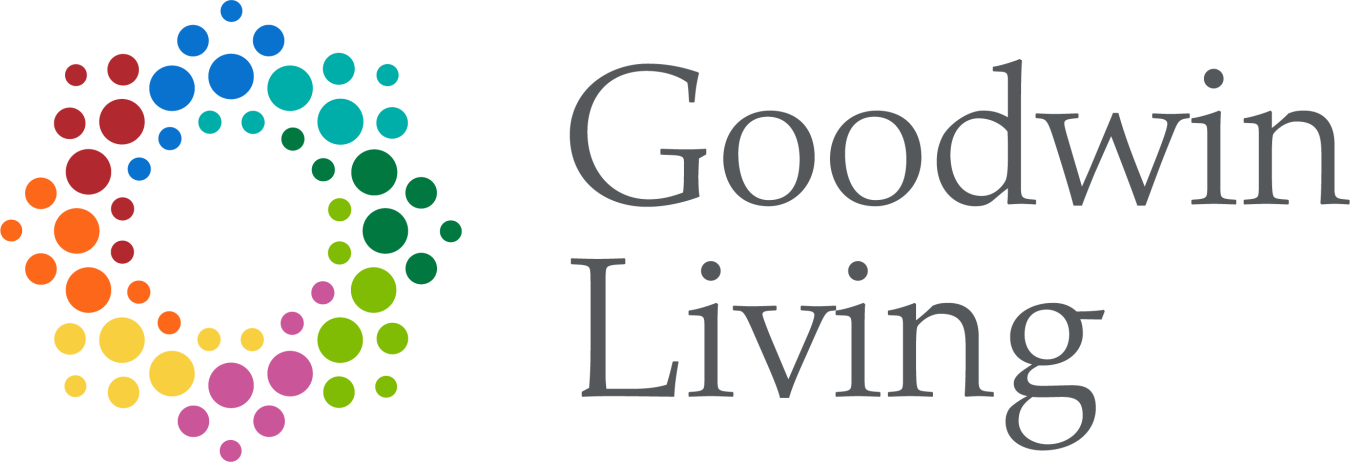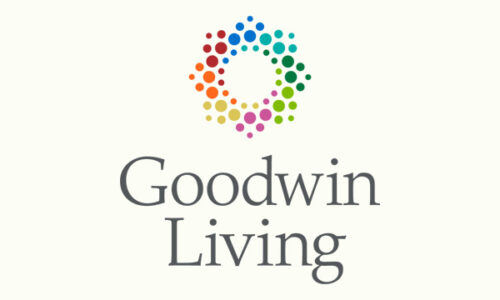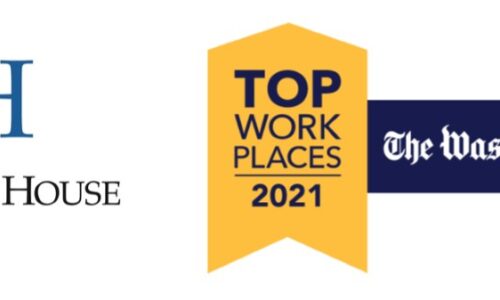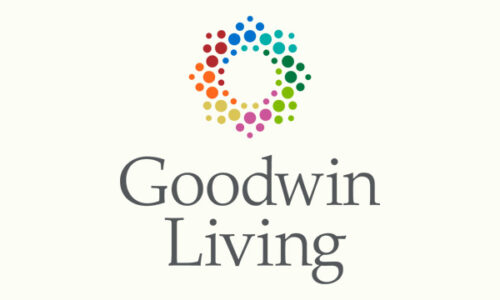Recovering After a Stroke with Rehabilitation
By Amanda Ranowsky
Strokes are serious health conditions that can greatly impact someone’s life. More than 795,000 people in the United States have a stroke each year, and stroke is the leading cause of long-term disability.
We’ve talked before about the warning signs of a stroke:
- face drooping
- weakness in the limbs (especially along one side of the body)
- slurred speech
- loss of balance when walking
- loss of vision
- severe headaches
You may already know that during a stroke, it is imperative to receive treatment quickly. A few years ago, we shared the story of a Goodwin Living team member who spotted the signs in a resident and ensured he quickly received the care he needed.
You may not know that what happens after receiving emergency treatment is equally important to stroke recovery. As we mark American Stroke Month, let’s take the opportunity to look at the recovery process following a stroke and the important part rehabilitation therapies play in helping people regain quality of life. We’ll also share advice from Lia Poynor, Director of Goodwin Rehabilitation at The View Alexandria and member of the Goodwin Living Home and Community Based Services Leadership Team.
What is a Stroke?
A stroke occurs when either blood flow to the brain is blocked (ischemic stroke) or there is sudden bleeding in the brain (hemorrhagic stroke). This causes damage to the brain cells in the affected area.
Because of this damage, strokes can cause a variety of problems such as weakness or sensory loss along one side of the body, vision problems, behavioral changes, trouble with balance and coordination, and difficulty swallowing, chewing or speaking.
Depending on the severity of the stroke, it is possible to recover some or all of the abilities lost, thanks to the brain’s ability to heal damaged cells and create new cells.
That’s where rehabilitation comes in.
What Kinds of Therapy Do You Need After a Stroke?
As every person is different, so is every stroke. Both the location of the stroke in the brain and the severity of the stroke determine the effects it will have on a person’s ability to function. Some people may have problems speaking. Others may struggle to walk. Some may be able to use both of their arms. Others may be completely paralyzed along one side of their body.
The effects from a stroke can be addressed by various types of rehabilitative therapy needed for recovery. Physical therapy is prescribed for challenges with mobility (standing, sitting, walking, etc.). Occupational therapy helps those who struggle with activities of daily living (showering, dressing, etc.). Speech therapy addresses challenges with swallowing and speaking.
Almost everyone who has experienced a stroke will need physical therapy during their rehabilitation. Physical therapists will work with stroke patients to help them relearn how to do basic activities such as walking, getting up from a chair and climbing stairs safely. They may work with you on strength training or balance training. Physical therapists will also teach you to use assistive devices (wheelchairs, canes, etc.) as needed.
Occupational therapists work with you to adapt basic daily tasks in ways that will make it easier for you to accomplish them. They may work in conjunction with a physical therapist to improve your strength or range of motion, but their goal is to teach you strategies that allow you to be as independent as possible.
Speech therapists can treat so much more than problems with speech. Speech therapy addresses common stroke effects such as trouble swallowing, challenges with speaking clearly or finding the words you want to say, or difficulty understanding the words you hear.
Advice for Stroke Rehabilitation
Rehabilitation following a stroke can begin as early as 24 to 48 hours after the event, while you are still in the hospital. The sooner you start, the more likely you are to regain any lost abilities.
Lia Poynor, Director of Goodwin Rehabilitation at The View Alexandria, has seen many patients who are recovering from stroke. She leads a team of physical, occupational and speech therapists who work with both residents at TVA and outpatients from the local area.
“The best advice I would give someone who has recently had a stroke would be to advocate for themselves to get as much therapy as possible and work as hard as possible during the therapy,” Lia shared.
“It’s especially important to do this rehabilitation during the first year following the stroke,” she continued. “The brain is neuroplastic and has a high ability to reorganize and have functional recovery after a stroke, if it’s challenged.”
The work is worth it.
“I’ve seen residents who were dependent on a wheelchair after their stroke be able to walk independently to the dining room on our campus,” she said. “We’ve also had residents with less recovery who were able to get to some independence and mobility with hard work and a powered wheelchair. We always try to help people be able to do as much as possible for themselves.”
Recovering from a stroke is a challenging journey, but with the right rehabilitation therapies, significant improvements are possible. Early and intensive rehabilitation—whether it be physical therapy, occupational therapy, speech therapy or all of the above—plays a critical role in regaining lost abilities.
_______________________
As Marketing & Communications Specialist, Amanda Ranowsky partners with colleagues throughout Goodwin Living to tell our stories and raise brand awareness. From printed collateral to digital marketing, Amanda covers many bases. Before joining Goodwin Living, Amanda worked for a small, family-owned business where she gained experience in content marketing. Amanda’s creative expression extends beyond the office. She is an active member of community theater and chorus groups.





